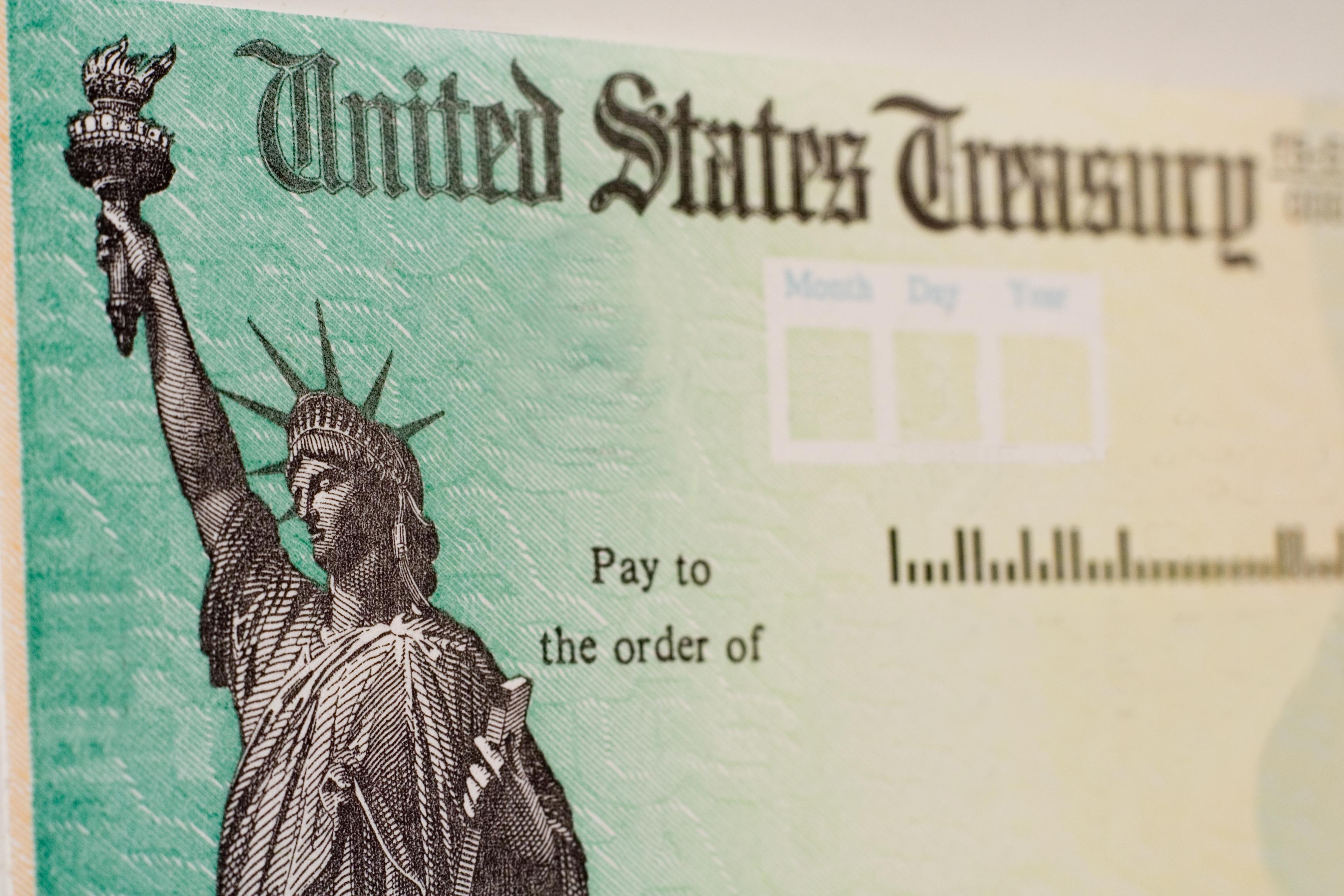Start Investing Wisely
It takes only a little seed money to become a smart, long-term investor.

Saving is good. Investing is better. If you save $100 a month and earn 0.95% annually (currently the highest yield for savings accounts, according to Bankrate.com), you’ll have more than $58,400 in 40 years, excluding taxes. If you invest the same amount and earn an 8% annual return, your total grows to about $324,180.
Your first experience with investing will likely be within a 401(k) or similar employer-sponsored retirement plan (see Free Money for Retirement). Those dollars are earmarked for the faraway future. So you can afford to take on risk and should consider putting your entire portfolio in stocks.
You might be wary of such advice, especially if you were paying attention during the bear market of 2007 to 2009, when Standard & Poor’s 500- stock index tumbled 55%. “But at the end of the day, the stock market will be your friend,” says Wendy Weaver, a financial planner with FBB Capital Partners, in Bethesda, Md. “You’ll stay ahead of inflation, which can eat away your buying power and your ability to be financially independent.” In fact, the S&P 500 has delivered a total return of more than 200% since its 2009 low.
From just $107.88 $24.99 for Kiplinger Personal Finance
Become a smarter, better informed investor. Subscribe from just $107.88 $24.99, plus get up to 4 Special Issues

Sign up for Kiplinger’s Free Newsletters
Profit and prosper with the best of expert advice on investing, taxes, retirement, personal finance and more - straight to your e-mail.
Profit and prosper with the best of expert advice - straight to your e-mail.
Still, your exact stock allocation will depend on your comfort level. If you’d rather dial down risk, balance your investments with some bonds and cash.
Mutual funds or exchange-traded funds are the best ways to get into the stock market. A single investment can buy you a diversified portfolio at a relatively low cost. You need a brokerage account to purchase ETFs, which you buy and sell like individual stocks. (See Kiplinger's Model Portfolios for a wide range of diversified-portfolio options.)
Begin with basic investments, such as the index funds offered by your employer, if you’re investing in your 401(k). The plain-vanilla strategy of mirroring a broad market segment’s performance can help minimize surprises and give you a solid foundation. A target-date fund is another option: Choose the year you want to retire, and the fund’s managers select the mix of investments. As you age, the pros adjust the portfolio to the allocations considered appropriate for that time frame. A target-date fund may be the default investment in your 401(k).
Even the most patriotic investors will need to look overseas. “The U.S. is facing a lot of headwinds, from our debt to taxes to paying for social programs, whereas other countries have a lot of growth potential,” says Bob Gavlak, a financial planner with Strategic Wealth Partners, in Independence, Ohio. To get the best long-term returns, says Gavlak, international and emerging-markets stocks need to be part of your investments. We recommend that the majority of your assets stay home, with up to 70% of your portfolio in U.S. stocks. But send the rest abroad, putting up to 25% in international stocks and 5% to 10% in emerging-markets stocks.
Editor's note: This story was originally published in the June 2014 issue of Kiplinger's Personal Finance.
Profit and prosper with the best of Kiplinger's advice on investing, taxes, retirement, personal finance and much more. Delivered daily. Enter your email in the box and click Sign Me Up.

Rapacon joined Kiplinger in October 2007 as a reporter with Kiplinger's Personal Finance magazine and became an online editor for Kiplinger.com in June 2010. She previously served as editor of the "Starting Out" column, focusing on personal finance advice for people in their twenties and thirties.
Before joining Kiplinger, Rapacon worked as a senior research associate at b2b publishing house Judy Diamond Associates. She holds a B.A. degree in English from the George Washington University.
-
 Forget FIRE: Why ‘FILE’ Is the Smarter Move for Child-Free DINKs
Forget FIRE: Why ‘FILE’ Is the Smarter Move for Child-Free DINKsHow shifting from "Retiring Early" to "Living Early" allows child-free adults to enjoy their wealth while they’re still young enough to use it.
-
 7 Tax Blunders to Avoid in Your First Year of Retirement
7 Tax Blunders to Avoid in Your First Year of RetirementA business-as-usual approach to taxes in the first year of retirement can lead to silly trip-ups that erode your nest egg. Here are seven common goofs to avoid.
-
 How to Plan for Social Security in 2026's Changing Landscape
How to Plan for Social Security in 2026's Changing LandscapeNot understanding how the upcoming changes in 2026 might affect you could put your financial security in retirement at risk. This is what you need to know.
-
 The Most Tax-Friendly States for Investing in 2025 (Hint: There Are Two)
The Most Tax-Friendly States for Investing in 2025 (Hint: There Are Two)State Taxes Living in one of these places could lower your 2025 investment taxes — especially if you invest in real estate.
-
 Bond Basics: Zero-Coupon Bonds
Bond Basics: Zero-Coupon Bondsinvesting These investments are attractive only to a select few. Find out if they're right for you.
-
 Bond Basics: How to Reduce the Risks
Bond Basics: How to Reduce the Risksinvesting Bonds have risks you won't find in other types of investments. Find out how to spot risky bonds and how to avoid them.
-
 What's the Difference Between a Bond's Price and Value?
What's the Difference Between a Bond's Price and Value?bonds Bonds are complex. Learning about how to trade them is as important as why to trade them.
-
 Bond Basics: U.S. Agency Bonds
Bond Basics: U.S. Agency Bondsinvesting These investments are close enough to government bonds in terms of safety, but make sure you're aware of the risks.
-
 Bond Ratings and What They Mean
Bond Ratings and What They Meaninvesting Bond ratings measure the creditworthiness of your bond issuer. Understanding bond ratings can help you limit your risk and maximize your yield.
-
 Bond Basics: U.S. Savings Bonds
Bond Basics: U.S. Savings Bondsinvesting U.S. savings bonds are a tax-advantaged way to save for higher education.
-
 Bond Basics: Treasuries
Bond Basics: Treasuriesinvesting Understand the different types of U.S. treasuries and how they work.